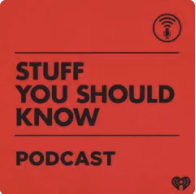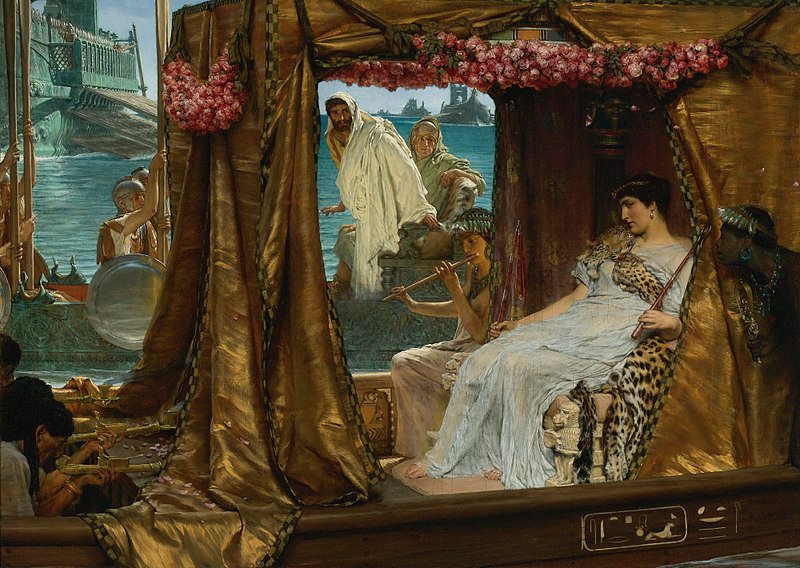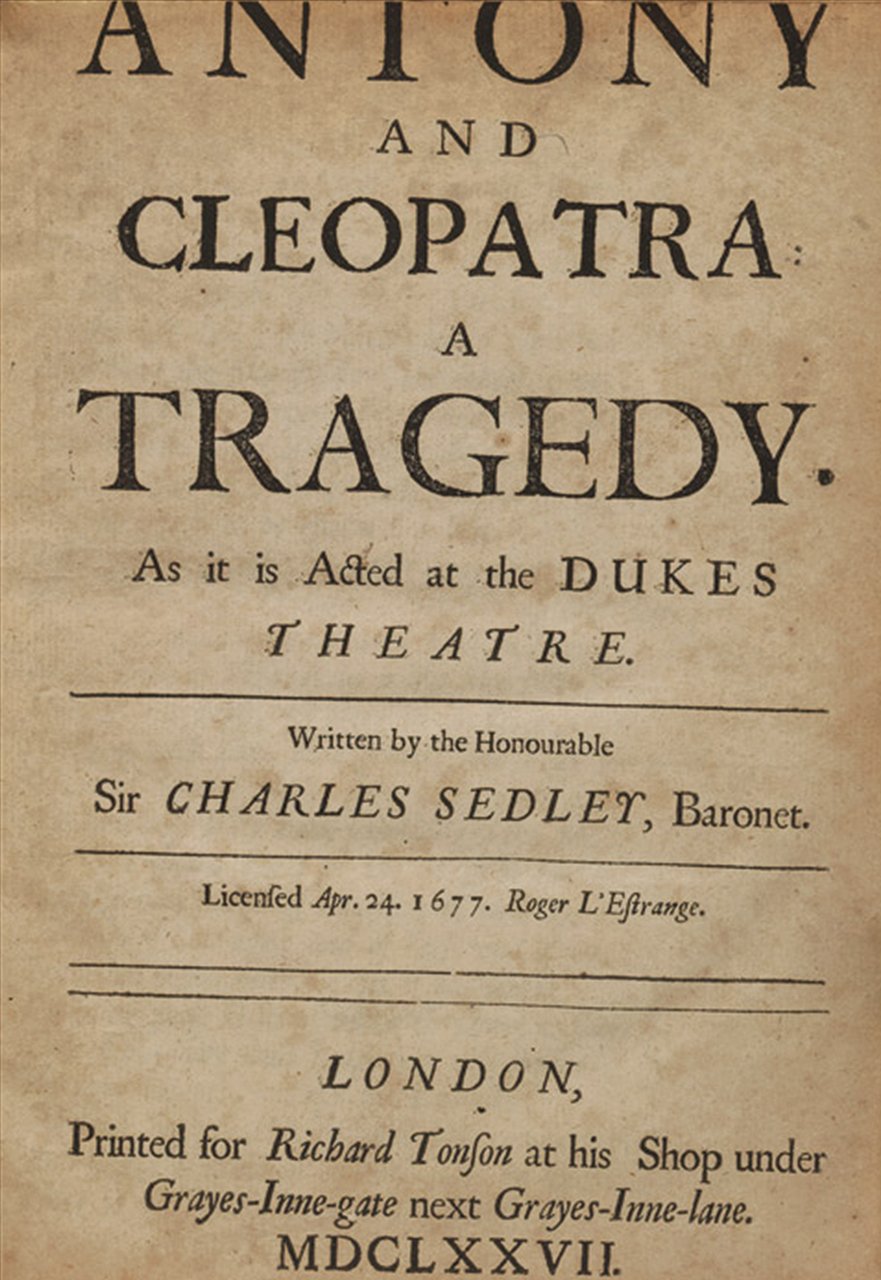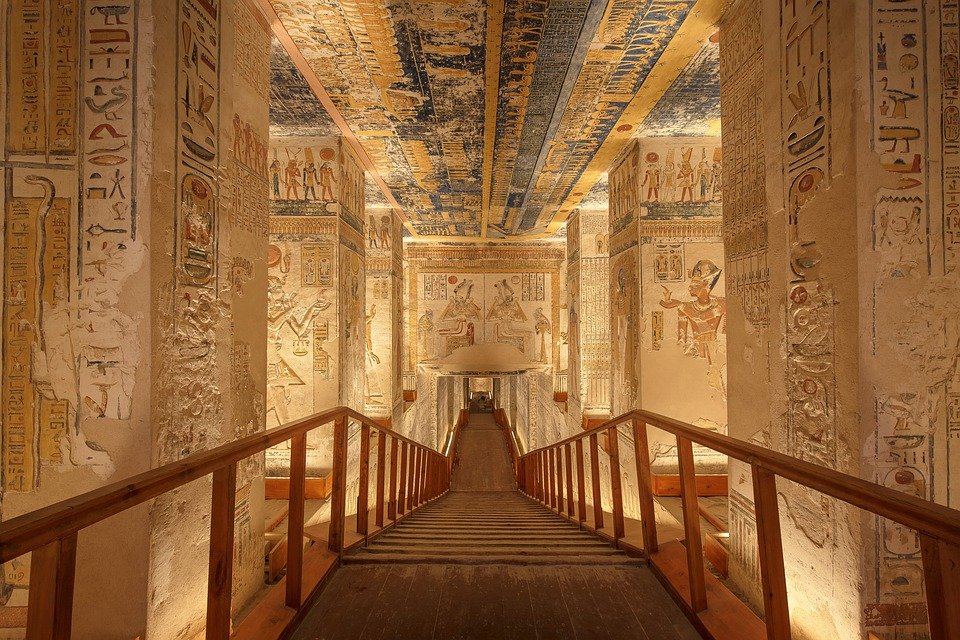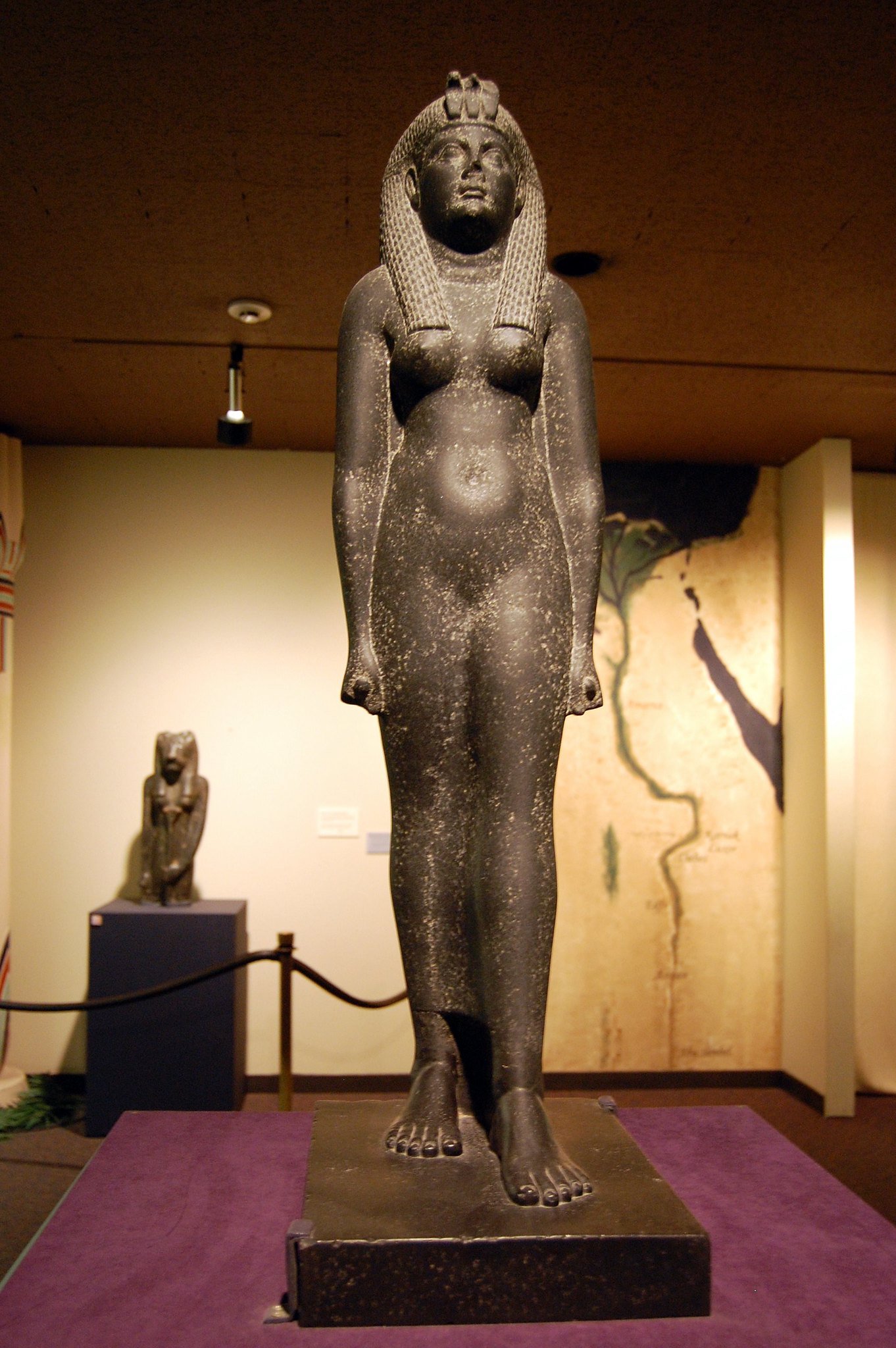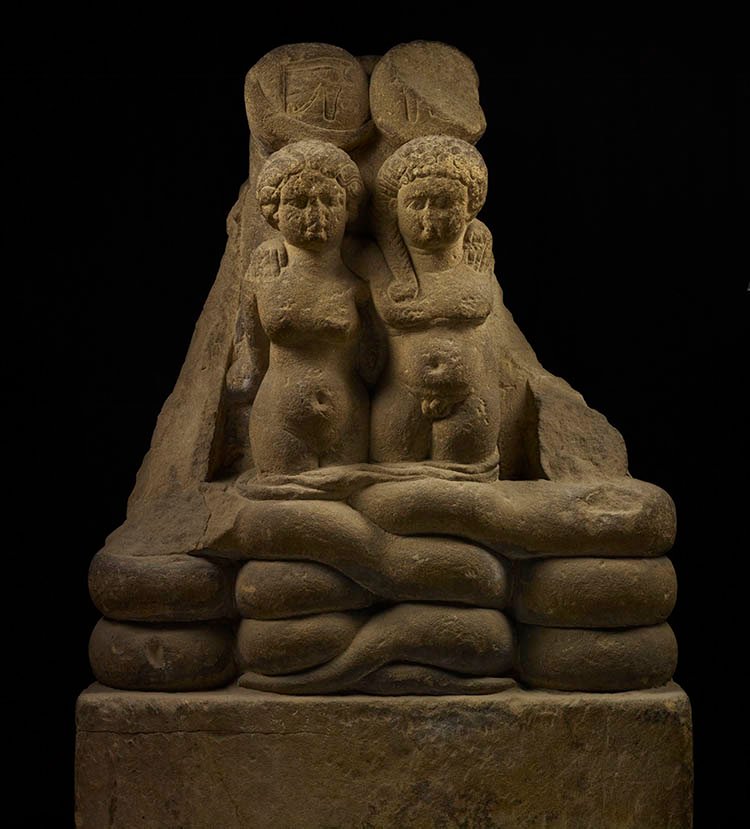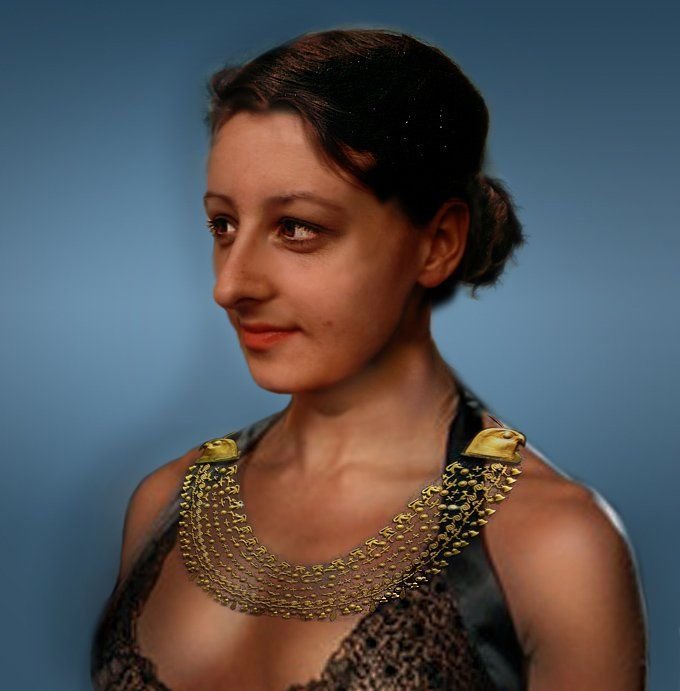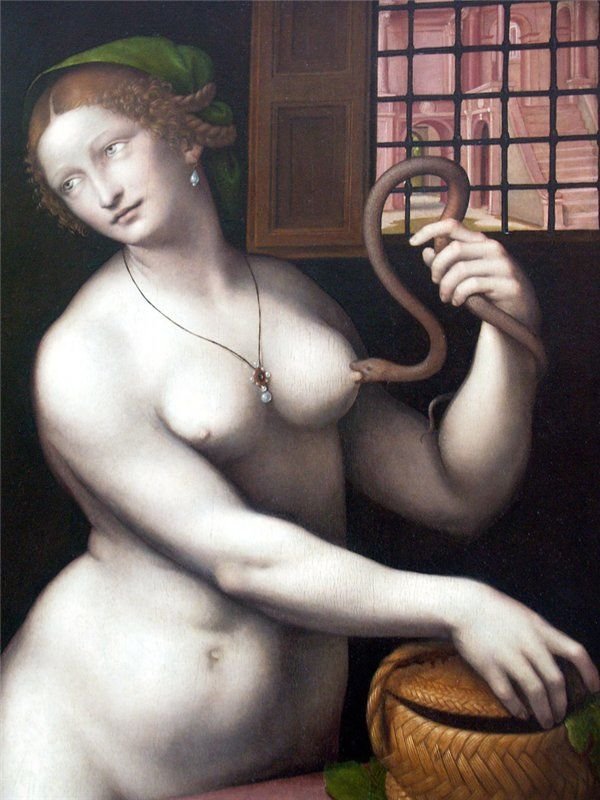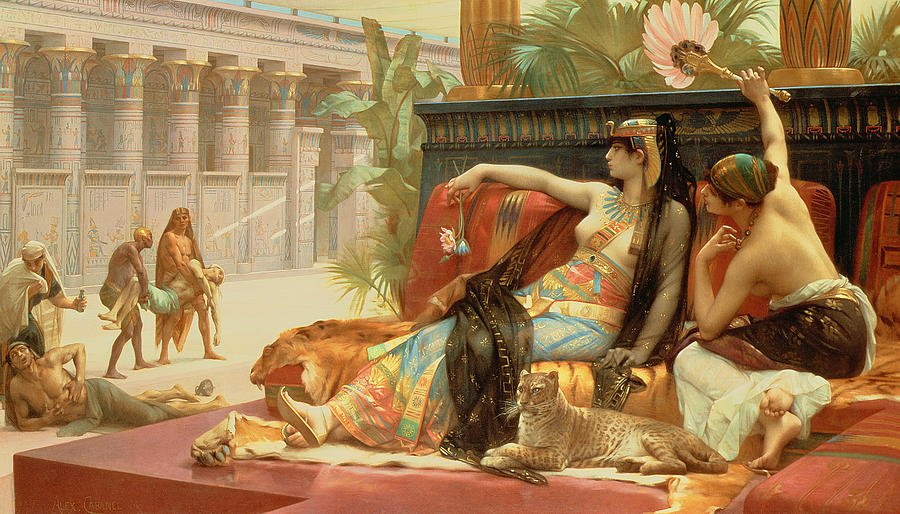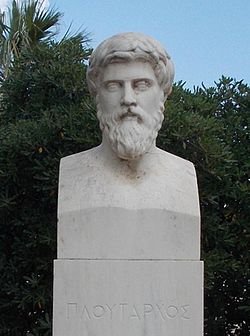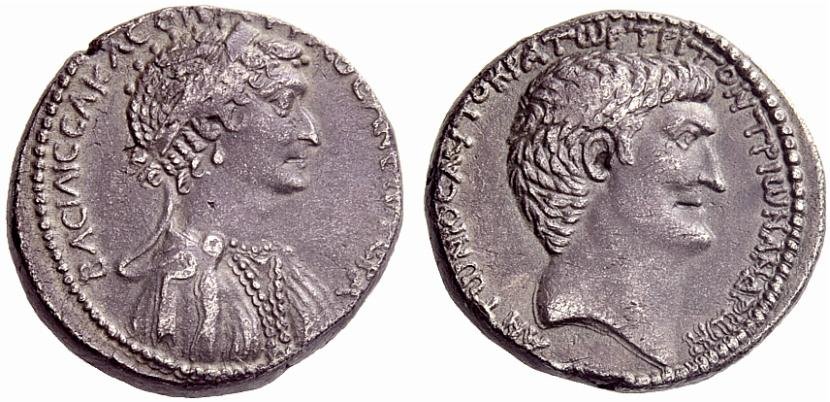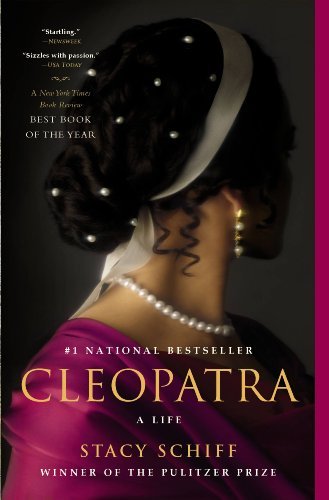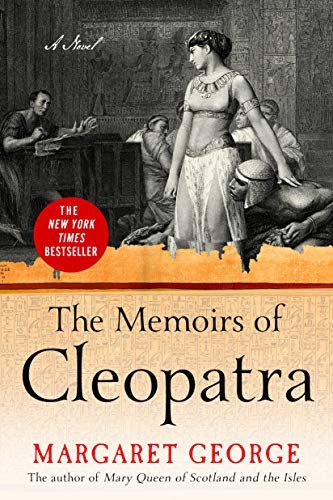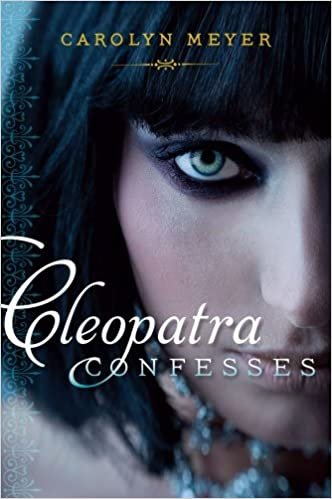The ShowMe Project
Short Histories Of Women
Misrepresented, Maligned & Marginalized
Everywhere
content curation for self-learning
Cleopatra
69BCE – 30BCE
Cleopatra was the last true Pharaoh of Egypt and ruled for 22 years, controlling the entire eastern Mediterranean coast as she fought off the ever-expanding reach of the Roman Empire. She was smart, rich, powerful and popular. She oversaw the largest library in the ancient world and was a brilliant strategist, controlled the economy and was a master of trade.
Born in Egypt, Cleopatra was ethnically Greek, part of the Ptolemaic line of pharaohs descended from one of conquering Alexander the Great’s generals. She would have grown up speaking Greek, but it is said she was the first Ptolemaic Pharaoh to learn the Egyptian language.
Cleopatra was highly educated, and she considered herself a living goddess, often dressing as one. She loved pageantry and was known for dramatic entrances, including the famous roll-out-of-the carpet scene depicted in the Elizabeth Taylor movie when she meets Julius Caesar for the first time (some historians say it was really a linen sack). She had an affair with the married Julius Caesar, who built a controversial statue of her in Rome, and then with Marc Antony, whom she married and had three children with. She was also ruthless. She murdered her brother and sister to keep control of the throne (her other brother “drowned”), and she was said to have tested poison on prisoners.
When Cleopatra and Marc Antony lost the battle against his rival Octavian, the couple fled to Alexandria and died, maybe suicide, maybe not and most likely not by snake bite. Cleopatra was 39. After her death, Egypt became a province of Rome, ending the rule of the Ptolemies.
Like many powerful women, Cleopatra’s legacy has suffered from the propaganda of her enemies, in this case the Romans, angry she had slept with two of their most powerful men. They characterized her as a wanton temptress who used her sexuality to politically manipulate men in order to make themselves look good and remind the Roman woman not to get too ambitious. In truth, she was admired for her intelligence rather than her looks, but the Romans made sure, it’s her sexuality we remember.
Start Here
Listen
to this interesting hour-long episode “Ms Understood” on Cleopatra from the Stuff You Should Know podcast.
Watch
this 11-minute explainer video on Cleopatra, heavy on attempted humor and pop-culture references.
Watch
the 1963 Hollywood version of Cleopatra with Elizabeth Taylor, the most expensive movie ever made at the time (not a free resource).
Read
this short review from the Guardian on the movie’s historical accuracy.
LISTEN
to this 5-minute description from NPR of Cleopatra and Marc Antony’s extravagant lifestyle in Alexandria and their dining and drinking club that they called the “Inimitable Livers”.
Watch
this hilarious and, of course, historically accurate episode from Drunk History on Cleopatra’s little sister Arsinoe.
READ
this informative Smithsonian Magazine bio on Cleopatra that says, “She was one of the most dynamic figures the world has ever seen.”
Watch
this brief but thorough telling of Cleopatra’s life and how she was subjected to character assignation after her death.
Deep Dive
Read
Shakespere’s play “Antony and Cleopatra,” first performed in 1607.
Read
about the search for Cleopatra’s tomb, which has never been found.
Watch
this 2020 TV epsiode about two archaeologists searching for Cleopatra’s tomb and two mummies they found that give them hope.
Watch
this dramatic documentary on the discovery of the tomb of Arsinoe IV, Cleopatra’s younger sister, and how the evidence makes Cleopatra a killer.
Watch
an animated explainer on how the ancient Egyptians mummified bodies for burial.
Read
this article from a researcher in the history of public relations who argues that Cleopatra was a “pioneer” in public relations strategies and tactics that kept her empire prosperous.
Look
at a 3D model of one of only seven discovered statues of Cleopatra. This one is from the Rosicrucian Egyptian Museum in California.
Look
at some coins that have been sold that feature Cleopatra and were minted during her lifetime.
Listen
to the 17-minute “What Happened to Cleopatra’s Children” episode of the podcast Stuff you Missed in History class.
Read
this article about Cleopatra Selene, the daughter of Cleopatra and Marc Antony, who became Queen of Mauretania.
Watch
how an artist uses a Roman bust of Cleopatra to reconstruct what she looked like.
Read
about how artists have depicted of Cleopatra over the years and how we don’t really knows what she looked like.
Read
this article about our obsession with women’s looks and how various depictions of Cleopatra demonstrated shifting attitudes towards women, sexuality and race.
READ
this New Yorker article about the difficulty of accurate sources on Cleopatra, and how most accounts of the pharaoh come from Plutarch.
READ
Plutarch’s original account of Cleopatra, written in the 2nd century CE. He describes the first meeting between Caesar and Cleopatra in chapter 49 under the section called “Caesar,” when she is carried in to meet Caesar in a “bed-sack.”
Watch
the 45-minute documentary on the entire process and discovery of Cleopatra’s underwater palace off the coast of Alexandria.
Listen
to historian Adrian Goldsworthy field questions about his book chronicling the lives of Marc Antony and Cleopatra.
READ
this in-depth National Geographic article called “Inside the decadent love affair of Cleopatra and Mark Antony.”
READ
how archaeologists are uncovering ancient Alexandria, a more than 2,000-year-old Egyptian city that was the seat of Cleopatra’s rule and rivalled Rome in greatness.
READ
about the recreation of an Egyptian perfume from Cleopatra’s time period based on formulas in ancient Greek texts.
READ
Stacy Schiff’s book “Cleopatra: A Life,” by far the most engaging biography of Cleopatra out there (not a free resource).
Listen
to an All Things Considered interview with Pulitzer-winning author Stacy Schiff who write Cleopatra’s biography.
READ
one of the many historical novels featuring Cleopatra. Here are a few with links to Amazon (not free resources).
For Educators
Discussion Questions
& Activities
DISCUSS
Reading different historical accounts is inevitably confusing as people and places are depicted differently and facts can contradict each other from one source to the next. What differences did you discover in learning about Marie Antoinette and why do you think that is? What do you think are the challenges for historians in writing about people who are no longer living? Where can you find reliable information?
DRAW
a self-portrait that communicates a specific quality you want people to know about you. Look at how Marie Antoinette used her portraits as a way to communicate with the public and change perceptions about her for inspiration.
discuss
The French Revolution pamphlets spread lies about Marie Antoinette as a way to discredit her. How does this compare to fake news and misinformation and disinformation today? Can you think of any specific examples?
discuss
Marie Antoinette is famous for saying “Let them eat cake,” which she never actually said, as evidence that she was out-of-touch with her people. How does repeating legends as fact affect our view of historical events? Do historians have the responsibility to verify everything that has been said about a person? Or is repeating a small lie to illustrate a bigger point ok?
MAKE
your own Marie Antoinette wig using whatever material you have to express your own personality. Look at some of her hairdos for inspiration.
discuss
How accountable should people in power be? Marie Antoinette’s biographers say she was just doing what was expected of her and hadn’t learned to do more. What do you think about this characterization of her? Can this same justification be used to excuse inaction today?
COOK
some of Marie’s favorite foods: hot chocolate with orange blossom, croissants (though 18th century croissants were a little different. Here’s a recipe for one, called a Kipferl, that would have existed during Marie Antoinette’s time) or a French almond cake, made before the invention of baking powder, when egg whites or yeast were used to leaven dough. Here are two recipes from a 1769 French cookbook you can also try, if you can understand the instructions.
discuss
Throughout history, human beings have set certain people up, such as kings and queens, in exalted positions to be gossiped about, criticized, admired and used as scape goats. Who else in history besides Marie Antoinette can you think of that this happened to? Does it still go on today? Why?
Discuss
Women have always been judged more on their aesthetic than men. Do you agree or disagree with this stament? Is this still true today or do you think society has moved past this? Do you have an personal experiences with this?
CREATE
your own personal perfume using essential oils. Marie Antoinette loved orange blossom and her perfume was a mix of orange blossom, jasmine, iris and rose.
discuss
Before photography, Marie Antoinette’s portraits were an effort in public relations. Look at images of her paintings and try to figure out what she was trying to say in each one. How do celebrity photos do the same today? Can you think of any current examples?
discuss
Marie Antoinette was murdered because of what she represented rather than who she was as a person. Is it common for celebrities to be thought of as larger than life? When else can you think of this happening?
